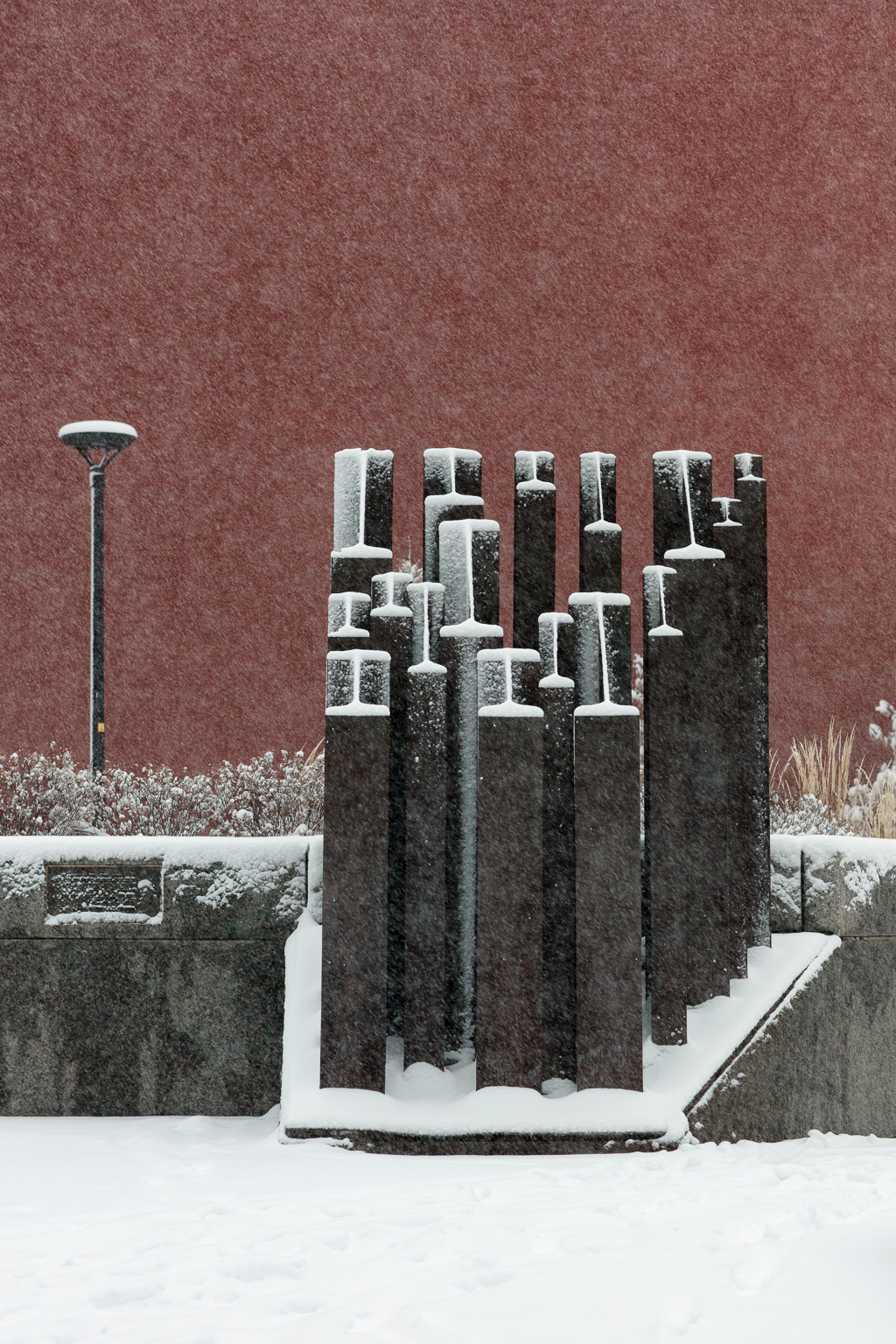On the morning of his 18th birthday, Jonas disappeared. His mother found him hiding in the loft above the garage. They had to leave in two hours if they were going to make it on time for the ceremony and Jonas wasn’t even cleaned or dressed yet. She pleaded with her son to climb down the ladder and get himself ready.
Jonas told his mother she was nuts if she thought he was going to the ceremony. It was cruel. It was barbaric. It was something stupid from their primitive prehistory. They lived in the modern world now. And whatever meaning the ceremony had in the past, that meaning had vanished with the invention of things like cars and airplanes and the internet and Twitter.
His mother called up to him from the foot of the ladder. We’ve been through all this before. I thought we agreed: your reluctance is just a product of anticipatory anxiety. You’re afraid of the pain. And yes, there is an initial pain, but beyond that is a much deeper reward. Look to that reward.
If, on the day of his birth, he could have chosen his parents, Jonas would have asked for a mother who was anything but a clinical psychologist. She was always ruining her parental talks with psychologist buzzwords. Jonas couldn’t give a shit about anticipatory anxiety. All he knew was: the thought of taking part in the ceremony made him want to hurl.
The last time he’d been to one of these things, it was for his brother, Simon. That was almost enough to make Jonas tear off to the north country and live in the bush. He remembered how they made Simon disrobe in front of everybody, then lay his genitals on the ceremonial block of wood known in the old tongue as the ptarchuck. He remembered how they isolated Simon’s left testicle with the metal casing called the sinistrabölle then flipped the lever that sliced through the flesh. It was so sudden, Simon didn’t even know it had happened, but when they applied the boiling tar to cauterize the wound, he screamed and doubled over. Two hooded acolytes dragged him off the platform to make room for the next boy waiting for the rite of passage.
Jonas. Honey. This is a beautiful thing. It makes you a full participant in our community. But more than that, it gives you a sense of connection to your ancestors. Our young men have been doing this for as long as anyone can remember.
The boy’s father appeared in the doorway while he was complaining that he liked having two balls and didn’t see why he had to give one up for some stupid superstition.
Where the mother was soft and looked to persuasion, the father was hard and just as apt to speak with a leather belt as with his tongue. He had no patience for the boy and demanded he come down this instant.
It’s not the pain. It just makes no sense to me.
Who cares what you think? It’s about being a part of something bigger than you. I did it when I was your age, and my father before me. We’ve always done it this way and we’re none the worse for it. I’ll be damned if I let you float through life without knowing the suffering I’ve had to suffer. You think you’re better than me? Is that it? You think you deserve to have a pain-free life while I suffer to put food on your table and see to your education? Is that it?
As you might expect, Jonas relented and went to the ceremony. Backed by a massive social machinery, the force of his father’s words seemed unassailable. Privately, he promised himself he’d never end up like his father, that when his sons came of age, he’d give them his blessing to challenge the system. But we know how that goes. If you give up a nut when you’re 18, then you’ve pretty much set the pattern for your whole life.







